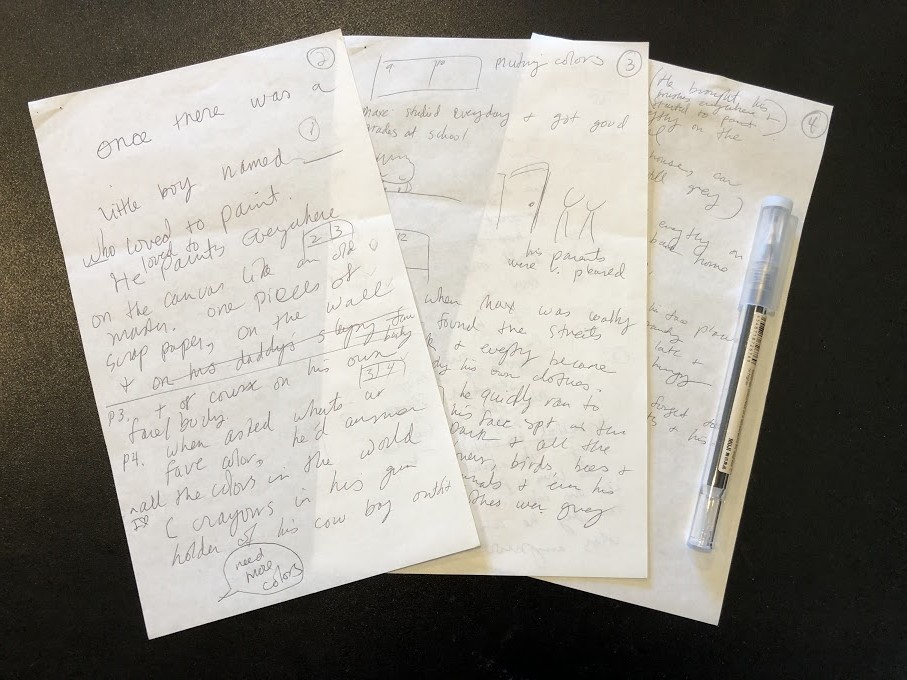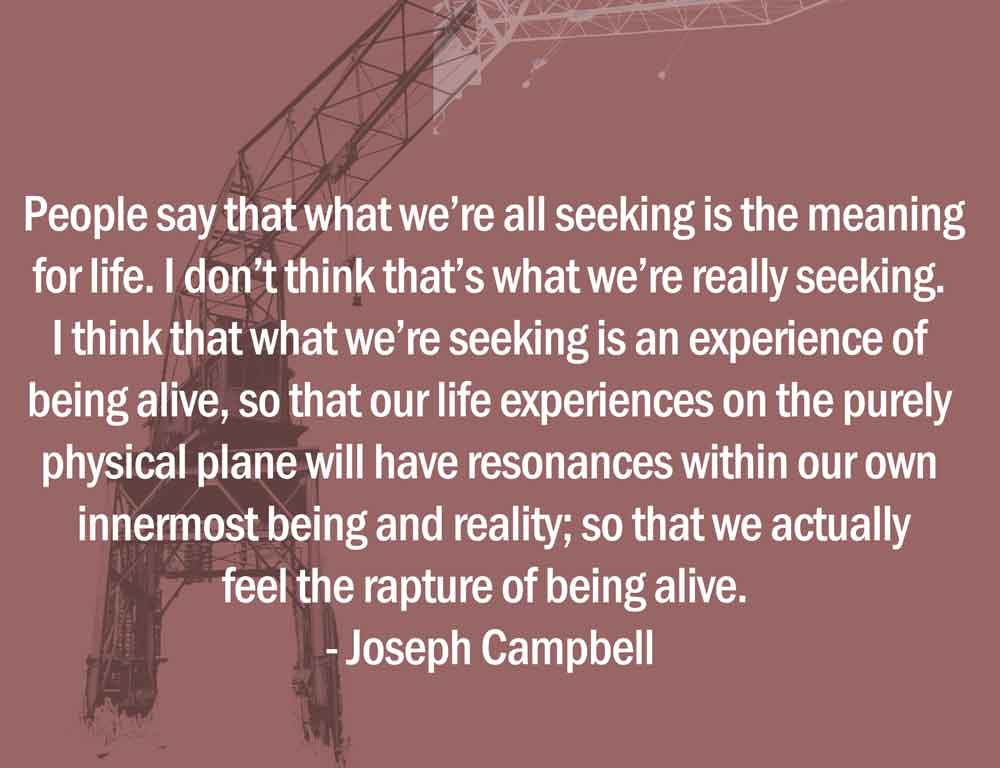When I attended the SCBWI Conference in Washington, everyone got a list of agents and publishers who also attended the conference. I found this list very valuable because some of the publishers don’t accept unsolicited materials unless you attended the conference. There is a timeline for you to submit to them after the conference so I was glad I had finished my dummy book when I attended the conference. In addition, the conferences are info packed and you get to meet a lot of like minded people.
I like to hear about other people’s publishing journeys and their creative processes.
Check out SCBWI’s official blog to see what’s happening in a conference. http://scbwiconference.blogspot.com/
I’ve sent my dummy book to every agents/publishers that were in my category (picture books abbreviated PB) on the list. I didn’t hear back from any except an agent who asked if I have any other work. I don’t have anything that’s ready to be shown but it was encouraging to hear that from an agent. I sent out a few more dummy books in the mail to publishers who accept unsolicited material but didn’t hear back from any of them. When I checked their websites, they were all closed due to COVID-19. Please see my previous post Getting ready to submit my picture book dummy to see how I compiled a list of publisher to submit to. In addition, if you google picture book submissions, you will find lists like these: 75 Children’s Book Publishers Currently Accepting Submissions
Before submitting to publishers, it was advised on most submission guidelines to research what kind of books they publish to see if your story fits in with their collections. This is a very time consuming process but I think this way, the publishers can weed out a lot of people who are not serious or prepared.
Leave a Comment
